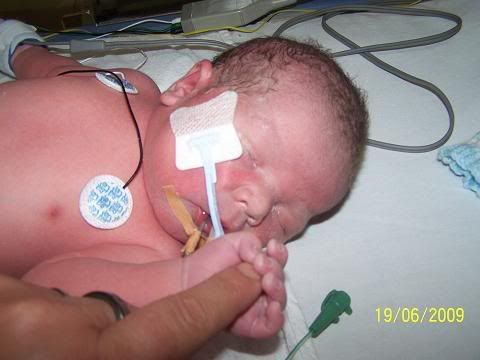Being willing to allow your child to lead gives them the chance to express their thoughts, desires and interests. Taking the time to discover, wait for and listen to their attempts to communicate allows you to get to know your child better. Your undivided attention and warm responsiveness to your child's attempts to communicate will help them to develop feelings of self-confidence and will encourage them to communicate with you more often.
You make the difference. It's hard to help your child learn to talk when you're busy doing everything for them, rushing from place to place or focussed on teaching. Being a responsive partner will give you limitless opportunities to talk with your child and help them learn. If you let your child take the lead in play they will be more likely to communicate with you because they are more interested in what they are doing and more motivated to share it with you.
Observe: helps you recognise your child's focus of attention, body language and facial expressions.
Wait: gives your child the time ad opportunity to attempt to communicate with you.
Listen: helps you to understand your child better and respond appropriately.
Example: A child and his mum may be playing with farm animals. The child then moves over and starts playing with the tractor so his mum stops playing with the animals and begins making comments about the tractor. Eg. "brrm, brrm,brrm, push tractor" The mother then pauses her speech and waits to give her child a chance to respond.
Things that help you follow your child's lead include:
* Being face-to-face with your child. Sit or lay on the floor with them. When you are face-to-face with your child you will be able to see what really interests them and what they are trying to tell you through body language, facial expressions and words.
* Listening. It is important to listen carefully to your child and then respond to their attempts to communicate with you with interest to let them know that they have got their message across.
* Set aside time to interact with your child without distraction. Turn off the TV or radio. Make sure your child has your full attention.
It is important not to pressure your child to speak. If you follow your child's lead and join in their games then there will be lots of natural talking opportunities.
Information in this handout compiled from: Manolson, Ayala (1992). It takes two to talk: a parent’s guide to helping children communicate. Toronto: The Hanen Centre.
Handed out by the Speech Therapy Department at Northam Regional Hospital.
You make the difference. It's hard to help your child learn to talk when you're busy doing everything for them, rushing from place to place or focussed on teaching. Being a responsive partner will give you limitless opportunities to talk with your child and help them learn. If you let your child take the lead in play they will be more likely to communicate with you because they are more interested in what they are doing and more motivated to share it with you.
Observe: helps you recognise your child's focus of attention, body language and facial expressions.
Wait: gives your child the time ad opportunity to attempt to communicate with you.
Listen: helps you to understand your child better and respond appropriately.
Example: A child and his mum may be playing with farm animals. The child then moves over and starts playing with the tractor so his mum stops playing with the animals and begins making comments about the tractor. Eg. "brrm, brrm,brrm, push tractor" The mother then pauses her speech and waits to give her child a chance to respond.
Things that help you follow your child's lead include:
* Being face-to-face with your child. Sit or lay on the floor with them. When you are face-to-face with your child you will be able to see what really interests them and what they are trying to tell you through body language, facial expressions and words.
* Listening. It is important to listen carefully to your child and then respond to their attempts to communicate with you with interest to let them know that they have got their message across.
* Set aside time to interact with your child without distraction. Turn off the TV or radio. Make sure your child has your full attention.
It is important not to pressure your child to speak. If you follow your child's lead and join in their games then there will be lots of natural talking opportunities.
Information in this handout compiled from: Manolson, Ayala (1992). It takes two to talk: a parent’s guide to helping children communicate. Toronto: The Hanen Centre.
Handed out by the Speech Therapy Department at Northam Regional Hospital.



No comments:
Post a Comment
Thank you for taking the time to comment on my blog, I really appreciate it.